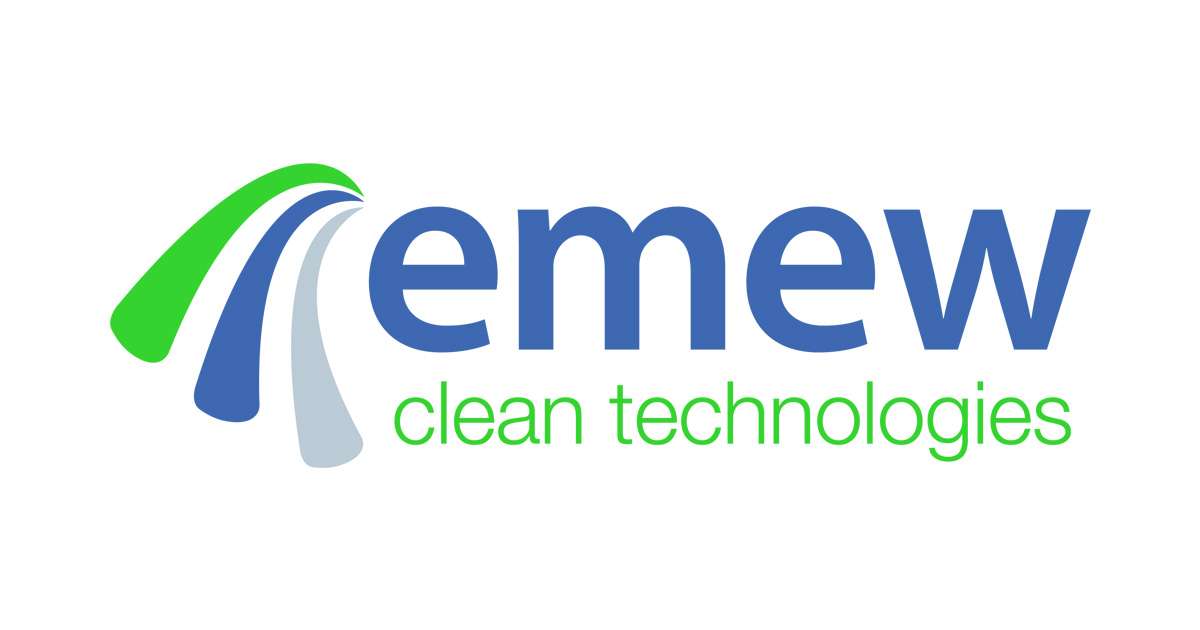As copper is the largest metal by weight in waste printed circuit boards (PCB), its recovery represents a significant opportunity to divert valuable materials from landfills to reduce the pressure on mine supply. This presentation emphasizes the journey of copper within the e-waste recycling landscape, highlighting various process flowsheets utilized by companies to extract copper and concentrate precious metals. Traditionally, smelters have been central to refining, handling an increasing volume of e-waste globally. To complement centralized smelting in increasing refining capacity, there is an emergence of alternative options for localized, hydrometallurgical refining to address the requirement of resource securitization, traceability and modularity.
Drawing on our collaboration with multiple partners around the globe, we will discuss their decision-making processes for adopting a hydrometallurgical approach, delving into the motivations, challenges, and benefits that influenced their choices. These companies offer valuable insights into why some are opting for localized, end-to-end e-waste processing as an alternative, while others continue to ship to centralized smelters. This approach aligns with the vision of maximizing metal recovery from e-waste while retaining materials locally, reducing transportation emissions, and supporting sustainable practices within regional economies. Ultimately, more options enable us to increase the refining capacity and in turn recycling/recovery rates to sustainably meet the increasing demand for copper.



